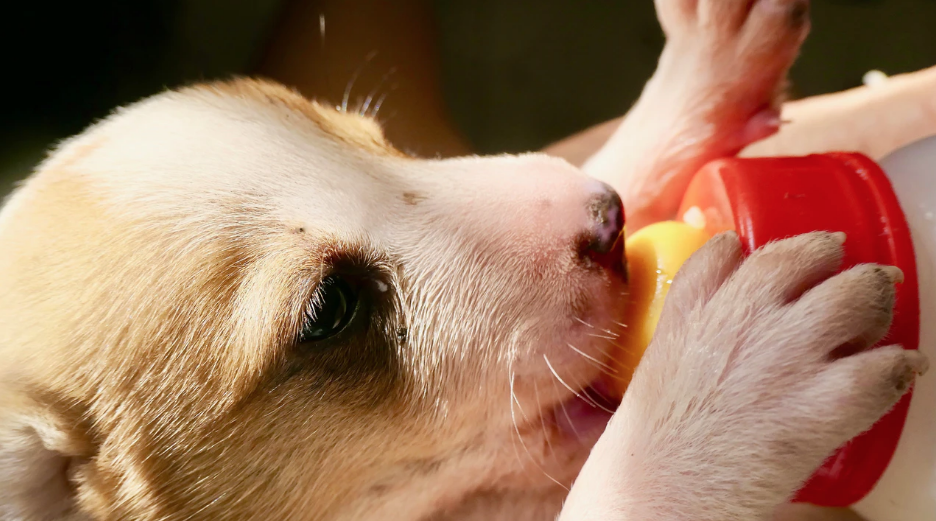
Puppy Treats & Milk
Complement your puppy’s diet with our vitamin-rich puppy milk, designed especially to support their developing immune system and give them the best possible start in life. If they’re very well-behaved, why not encourage your puppy with some of our tasty, nutritious treats?
Obesity in dogs
Domesticated animals often feel like as much a part of the family as anyone else, but because of their lifestyle away from their natural environment, they can suffer from the somewhat human health issue of obesity. A study conducted in 2010 found that 59% of dogs in the UK were overweight or obese – a shocking figure for dog owners who want nothing but health for their companion.
How to check if your dog is overweight or obese
There are a few simple checks that you can do at home to find out if your dog is overweight:

- Check if you can see and feel the outline of your dog’s ribs – is there excess fat covering them?
- Look at your dog from above – can you see their waist?
- Look at your dog from the side – is their belly tucked up or hanging?
If you can’t see your dog’s ribs or waist, or their belly hangs, you should take them to the vet for advice. Similarly, if you’re still unsure about your dog’s weight, take them to the vet for a professional health check.
Understanding why your dog is overweight or obese
The most common causes of dog obesity are the same as those of the human problem. Luckily for owners, the factors which lead to weight problems in dogs are easily preventable once you understand them:
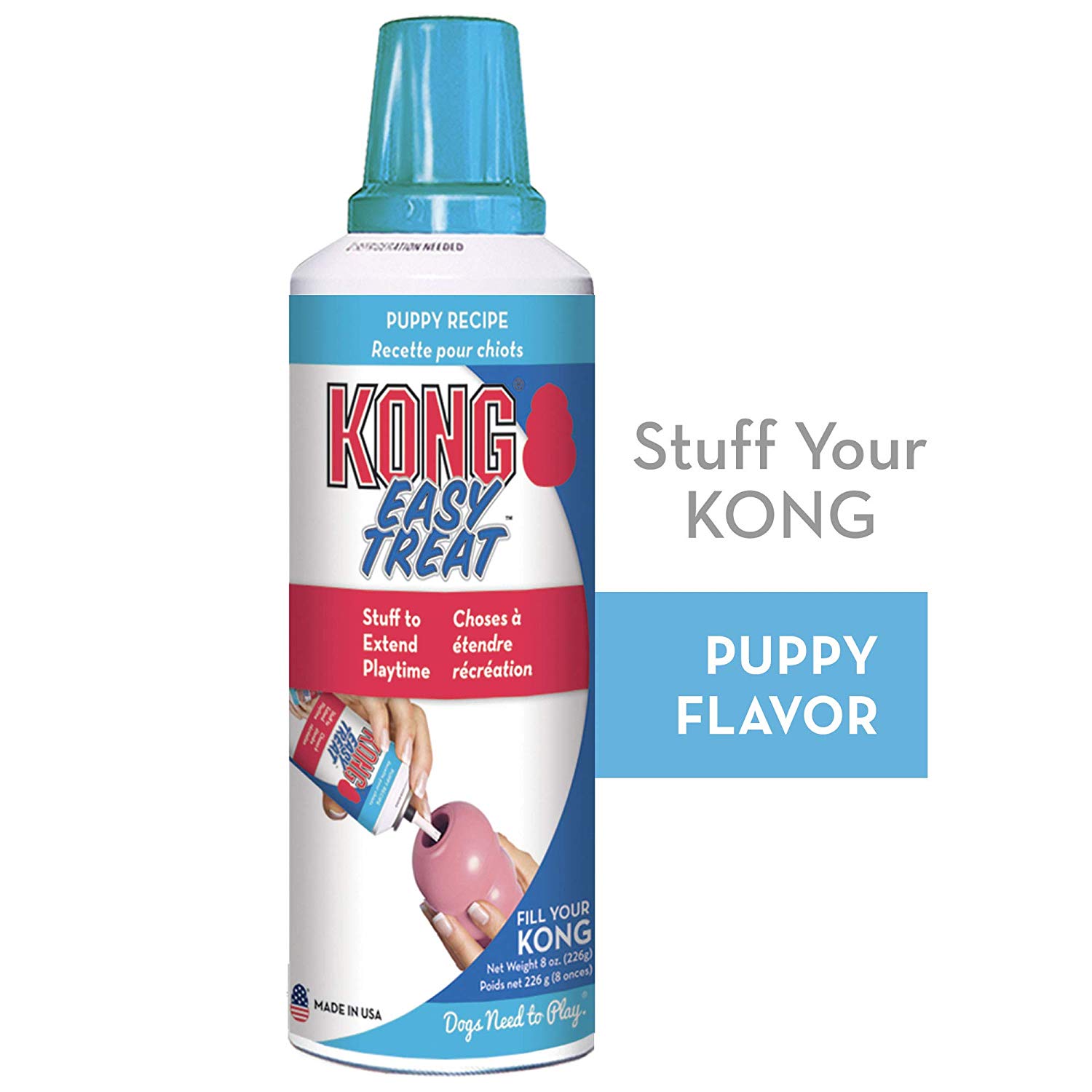
Puppy Treat Paste (8 ounce)
KONG
£9.90
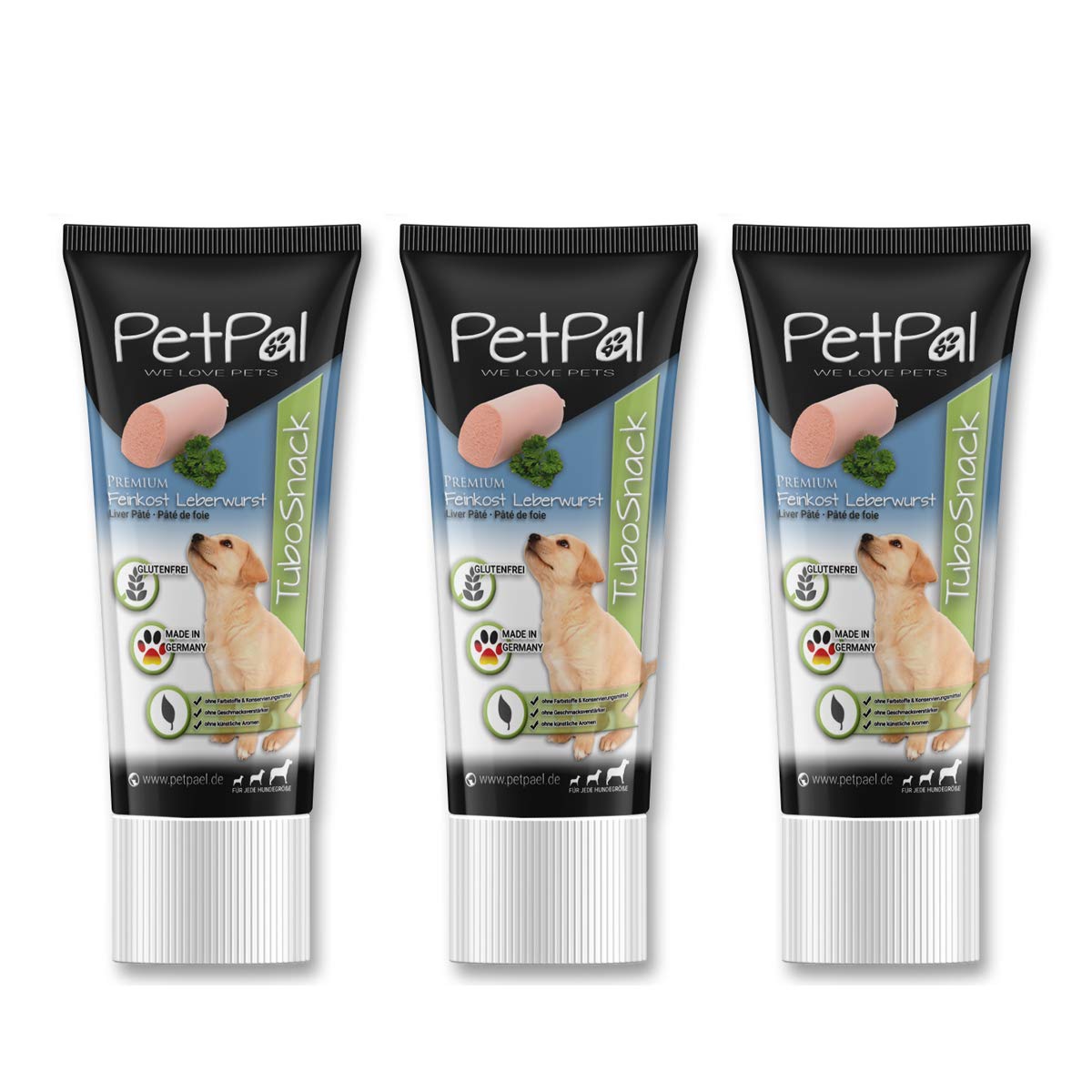
Premium Liver Paste (3 x 75g)
PetPäl
£9.98
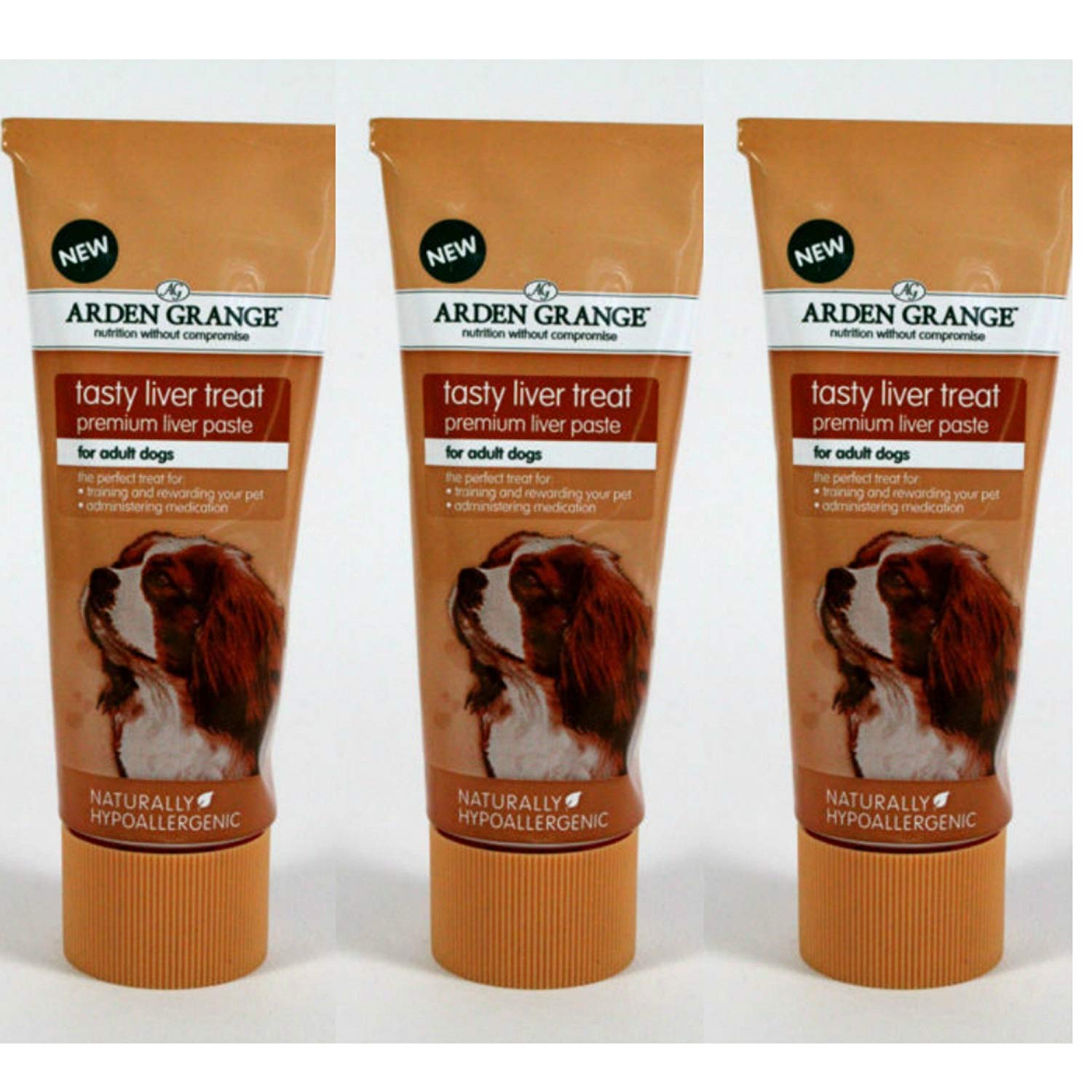
Liver Paste Dog (3 x 75g)
Arden Grange
£8.95
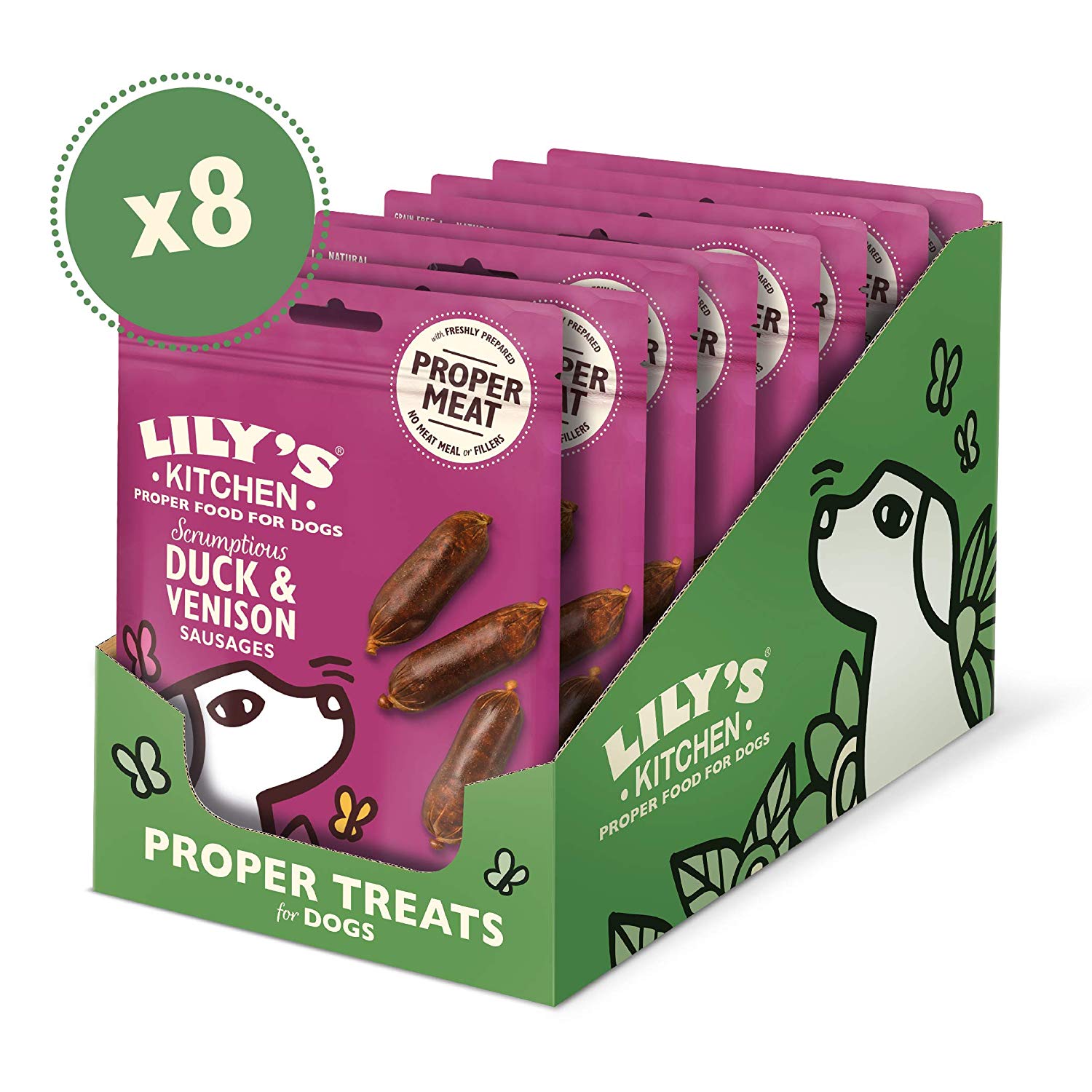
Duck & Venison Sausage (8 x 70g)
Lily’s Kitchen
£12.88
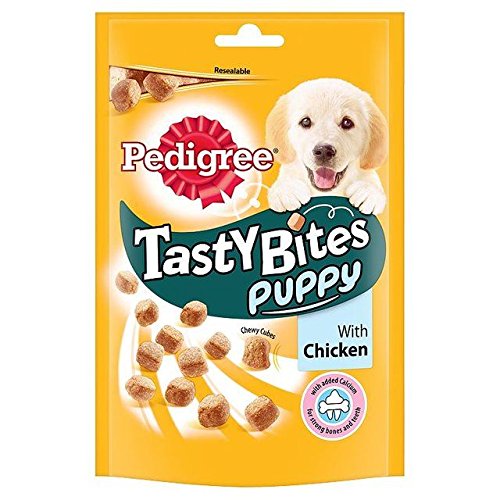
Tasty Bites with Chicken (2 x 124g)
Pedigree
£6.99
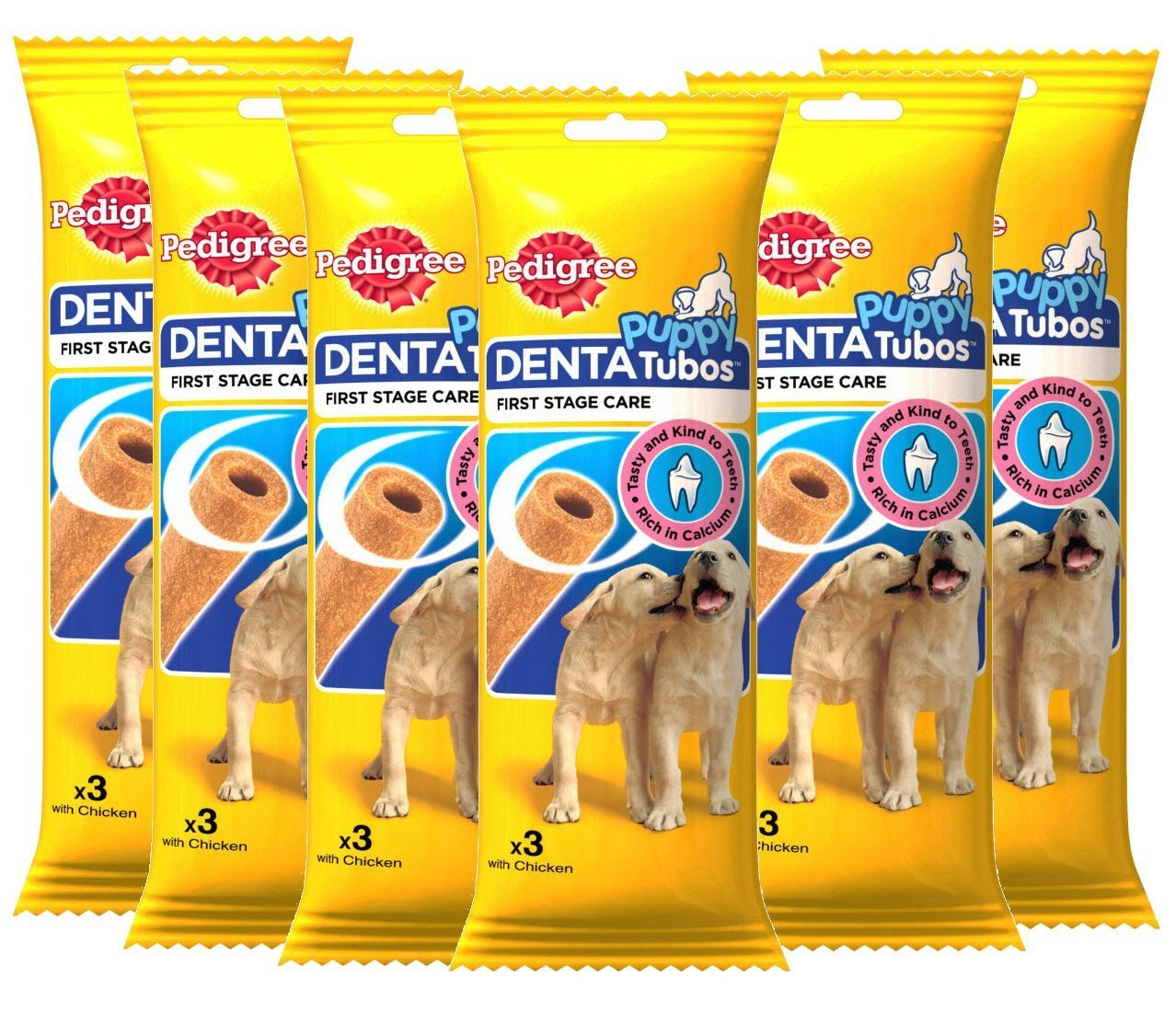
3 Denta Tubos w/ Chicken (6 x 72g)
Pedigree
£8.86
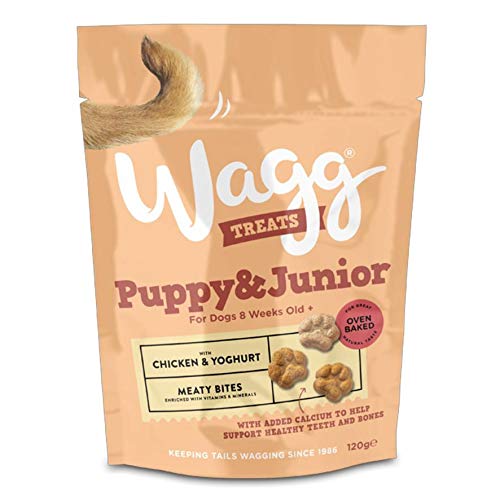
Meaty Bites Chicken w/ Youghurt (120g)
Wagg
£9.70
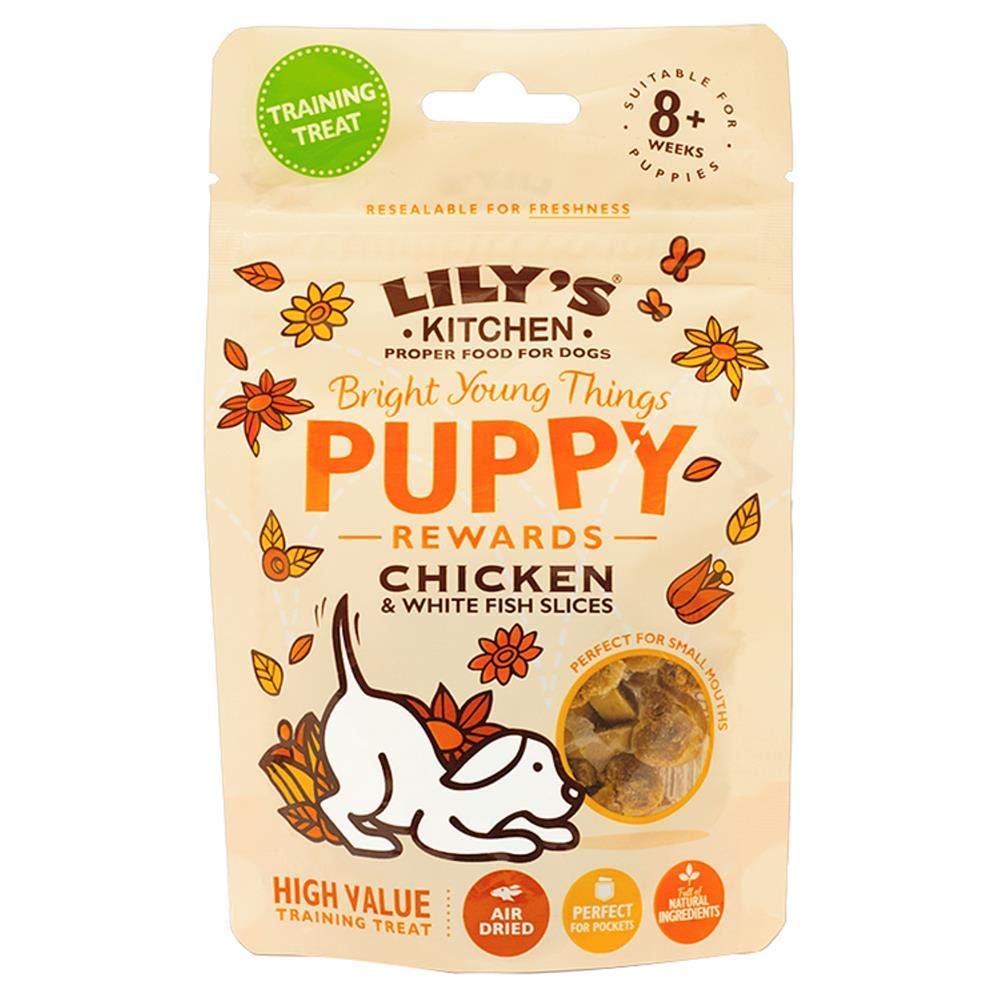
Rewards.Chicken & White Fish slices (1 x 60g)
Lilys Kitchen
£4.84
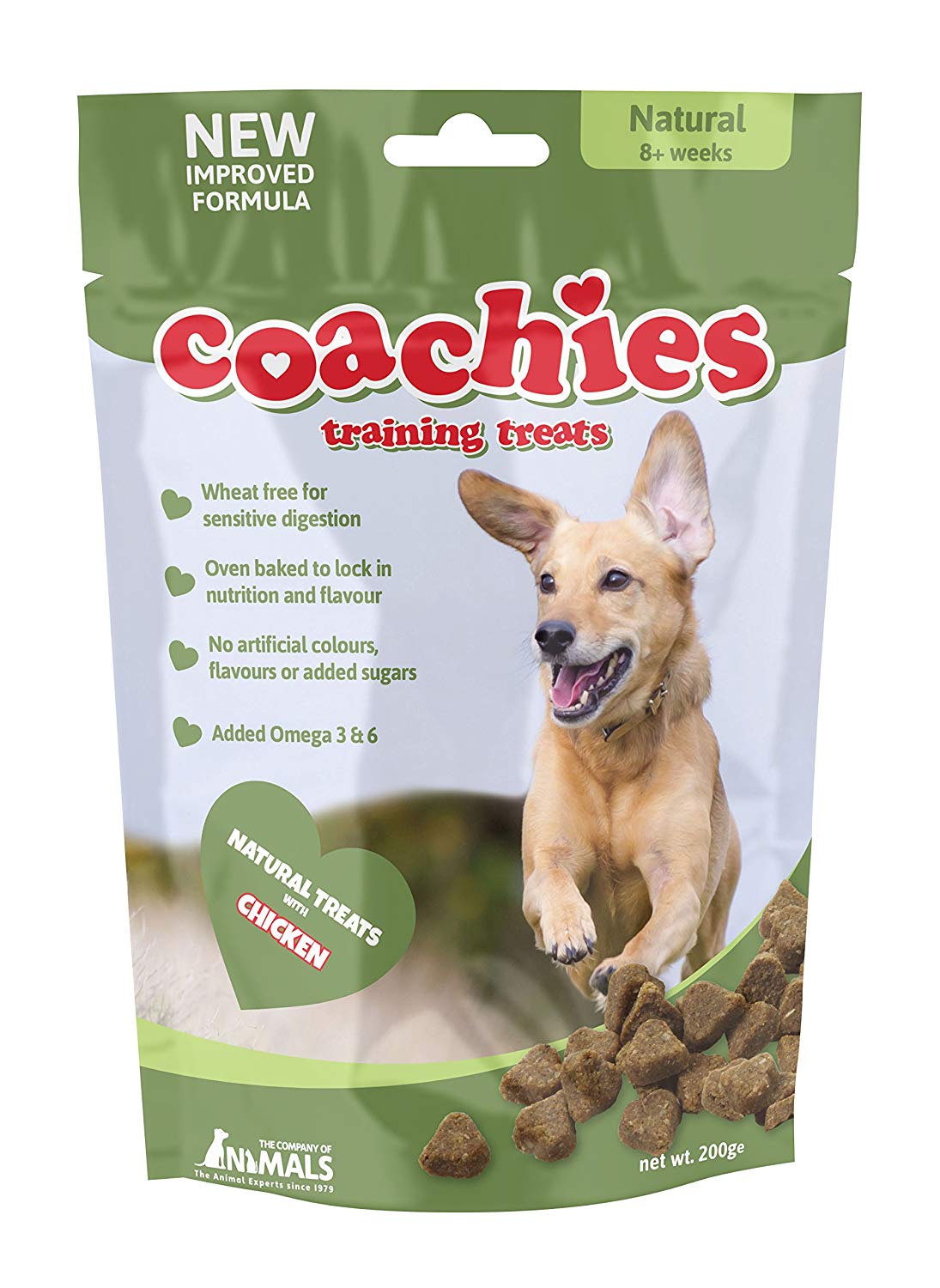
Training Treats w/ natural Chicken (200g)
COACHIES
£4.90
Too many treats?
Do you reward your dog’s good behaviour with food? While dog treats can help with training, they are often much higher in calories and fat than regular dog food. High-calorie human foods can also lead to weight problems in your dog – if too much of it is bad for you, too much of it is bad for them!
A guide to dog treats
Whether after a hard day’s work or to celebrate a special occasion, we all love a treat or two, and our dogs are exactly the same.
Your dog will enjoy a delicious treat at any time, but it’s up to you to give them the right sort of treats at the right times, and to make sure their special snacks don’t become a part of their regular diet.
Understanding ‘Toxic’ Treats
While your dog might gaze longingly at your plate, you should never treat them with table scraps. There are two reasons you shouldn’t feed your dog with treats from your plate:
- Sharing food can cause behaviour problems, such as begging, when you’re trying to eat further down the line
- Many human foods can be ‘toxic’ or harmful to dogs
Some of the human foods which are ‘toxic’ for dogs include:
- Chocolate
- Grapes or raisins
- Onions
High quality dog treats will be more nutritionally beneficial to your pet and can even help reduce the risk of them eating something dangerous. Plus, when you feed your dog with their own monitored treats, it will be easier to control how much they’re eating.

Which Types of Treat are Good for Dogs?
Some dog treats provide extra benefits for your pet, including healthier coats, joints and mouths, so these are great ones to look out for. Dental chew treats and things like antlers and yak milk blocks can help to keep your dog’s teeth clean, while freshening their breath at the same time.
Lighter treats can be great if your dog is on a diet, while hypoallergenic ones can be ideal if your companion is an allergy sufferer.
The Benefits of Dog Treats
Whether they’ve learned a new skill or behaved particularly well, treats are a wonderful way of rewarding your pet. Treats are also the integral motivator of many training routines and can help reinforce good behaviours.
But while they can be a great way to reward, your pet doesn’t need a treat every time you want to show them how much you love them. Grooming, walking or playing with your dog are all great alternatives to giving your dog some extra food.
How to give your Dog Treats
Treats are best used as a reward when your dog is being calm and well-behaved. It’s not usually a good idea to use them to calm your pet down, as they’ll associate being over-excited with getting a reward.
Giving your dog a treat
- Choose a treat – your dog’s ultra-sensitive nose will soon pick up the scent
- If your pet gets too excited use commands and your body language to show them that you disapprove
- Wait until they’ve calmed down and then give them the treat
- Hold the treat between your fingers and thumb or on your flat palm
- If your dog snaps at you, teach them not to by holding the treat in a closed fist and only releasing it when they lick or try to get the treat gently
When to give your Dog Treats
While it might be tempting to give in to those puppy dog eyes, make sure you only give your dog treats occasionally.
It’s usually best to make sure that treats only add up to around 10% of your pet’s daily calories but talk to your vet or one of our nutritionists if you’re not sure and they’ll give you some specific advice for your dog.
Don’t forget that there are lots of different treats available, and some are better suited to different types of dogs than others. For example, if you have a small dog or puppy, look for a treat range that suits them, as those which are made for larger dogs might not be as good for them.





